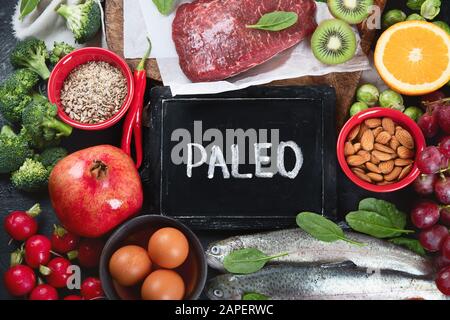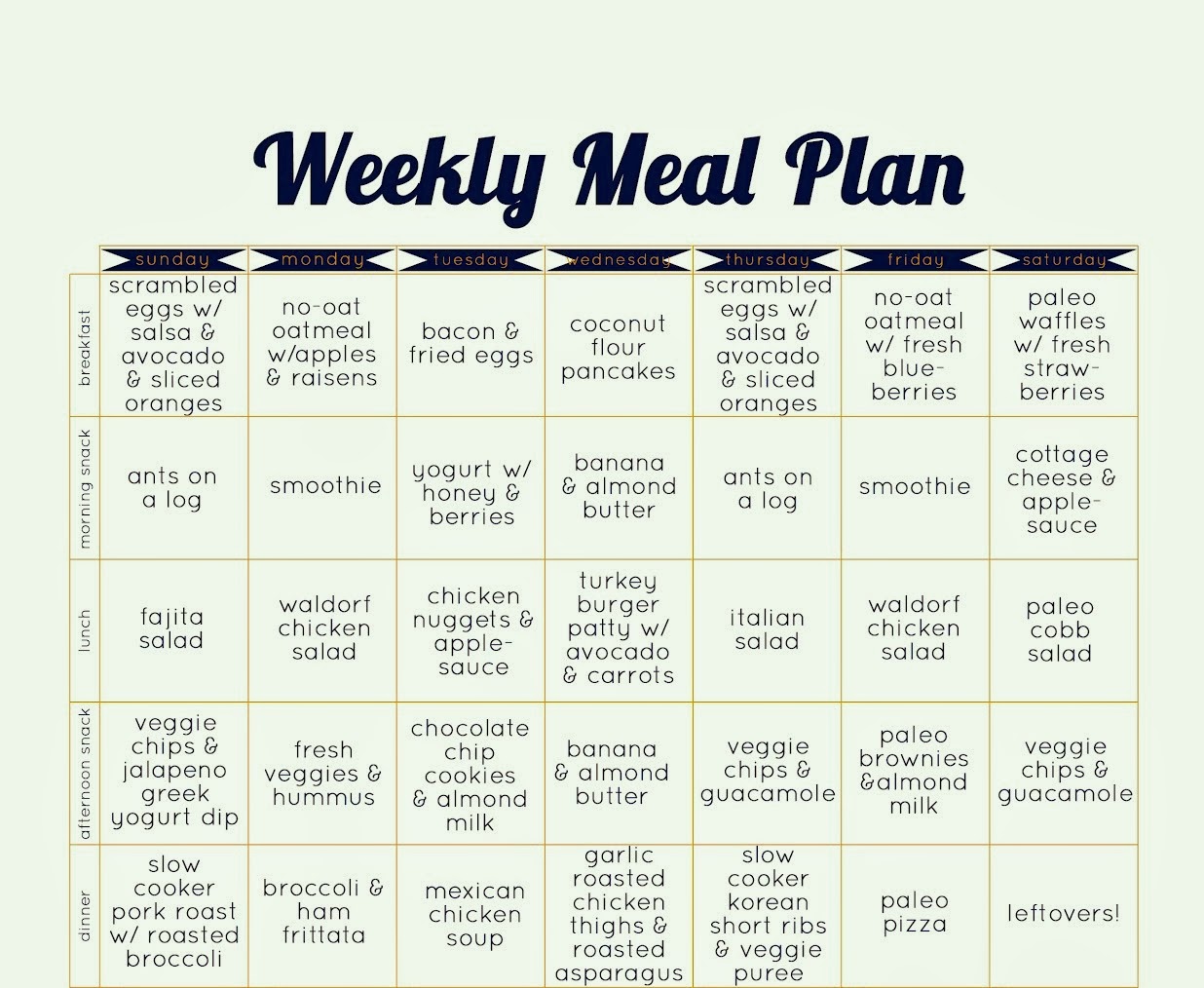
The Paleo diet is a great option for beginners or those who have not heard of it before. We'll be discussing its potential health advantages, side effects, application, and practicality. This diet is based on whole grains and fruits, nuts and seeds, as well as fish (preferably wild and sustainably). Except for bow hunting, this diet does not include meat. A moderate amount of dairy is included in the diet, which is a good source calcium. It also includes whole grains as well as legumes.
Problems with Paleo
There are many issues with the Paleo diet. It's too high-in meat and eggs. It also excludes many healthy foods such as dairy and grains. The Paleo diet does not have scientific support, despite its apparent benefits. These are the most common problems with this diet. Below are some common Paleo-related problems. Be sure to weigh your options before you make the change.
Paleo diet is based on the belief that humans evolved to eat fish and meat. Since there are very few edible plants in the Arctic, these people were able to adapt to lack of plant food and remain healthy. Paleo prohibits eating grains. However, there are also plenty of benefits to this diet, and incorporating it into your diet can help you get lean and fit in no time.
Potential health benefits

Paleo's high-protein and low carbohydrate diet might have some benefits for those with metabolic disorders. The reduced intake of sugars (which are often associated to insulin resistance), increases the body’s capacity to process glucose and improves insulin sensitivity. People with autoimmune disorders may benefit from it, as the diet's absence of legumes and grains reduces their intake. It is important to note that the exclusion of whole grains may lead to a decrease in beneficial nutrients and an increase in the risk of developing diabetes and cardiovascular disease.
A study published in American Physiological Society recently showed that the diet decreased biomarkers of inflammation. It may also lead to a decrease in prescription drug usage in patients with type II diabetes. Further research is needed in order to confirm and expand the potential benefits of this diet. Many people have seen significant health benefits from the Paleo diet, despite the fact that it discourages the consumption of processed foods. Paleo is not a diet that requires you to eliminate refined foods like breads, pastas and sugary drinks.
Possible side effects
A lack of cereal grains could be one of the side effects associated with the paleo diet. The absence of cereal grains will reduce your intake of fiber and B vitamins, which are important for regulating blood sugar levels. You could also get diabetes if you eliminate grains. You can also lower your cholesterol and protect yourself from chronic diseases by eating cereal grains. But, if cereal grains have been consumed for a long period of time, you should be aware that there are possible side effects to the paleo diet.
Bad breath is one of the most obvious side effects of Paleo. Bad breath can be a sign of a variety of things. It depends on how you eat and what your body is doing. Ketosis can cause your breath to smell foul. The increased amount of protein in your diet can increase your body's production of hydrogen sulfuride. This can cause unpleasant burps. It may also lead to a smell similar to eggs.
Applicability

Although Paleo claims many weight loss benefits and healthier living, it doesn't have enough research backing its claims. Paleo diets restrict or eliminate entire food groups such as dairy products and grains. This could result in a high intake saturated fats, and other important nutrients may be missing. It is classified as somewhat hazardous. Here are some reasons to not follow the Paleo Diet:
In addition to the lack of dairy protein, the Paleo diet promotes the consumption of lean meat. It also has the potential to function as part of a periodized nutrition plan for strength and power athletes. The diet may be more restrictive during the off-season while becoming more flexible during the sport season. This allows athletes to include more CHO in their diets during the sport season. This plan can be difficult for strength and power athletes.
FAQ
Can you become a self-taught chef?
You can learn to cook by yourself! The joy of cooking is something that everybody enjoys doing, no matter their skill level. Start cooking at home if you want to learn how to cook. Start small, such as making pancakes for breakfast and spaghetti sauce at dinner. The best way to learn how to cook is to try new recipes and experiment. It is possible to make mistakes.
The time it takes to learn to cook can vary from just a few hours up to several weeks, depending upon your skill level. It's important that you remember that cooking does not mean following a recipe. There are so many ways to prepare food.
How Much Does It Cost to Study Culinary Arts?
There are many factors that influence the cost of learning culinary arts. A four-year degree in culinary arts typically costs around $40,000. A two-year associate degree, on the other hand may cost less than $5,000. The tuition rate you choose depends on the program. Private institutions charge higher prices than public ones.
Where can I buy good quality kitchen equipment?
You can order high-quality kitchen appliances online. Many websites offer all types of kitchen equipment for purchase. Be sure to read customer reviews before you buy any kitchen equipment. You can ask others who have the same items for their recommendations.
Do I need special equipment to cook?
To learn to cook, you don’t need to have any special equipment. However, having the right tools can make cooking easier. To make pasta easier, you can use a knife to cut the pasta and a whisk to whip up egg whites to stiff peaks. Having the right tools makes cooking less intimidating and allows you to start faster.
Statistics
- You'll be amazed that over 90% of CIA students receive scholarships and grants to finish their culinary studies. (ischoolconnect.com)
- According to the BLS, chefs earn $58,740 a year. (learnhowtobecome.org)
- The median pay for a chef or head cook is $53,380 per year or $25.66/hour, according to the U.S. Bureau of Labor Statistics (BLS). (learnhowtobecome.org)
External Links
How To
How to make an omelet that is perfect
Omelets is one of my favourite breakfast foods. But how do you create them perfectly? I've tried many recipes and different methods but none have worked. Today, I'd like to share some tips with you in order to make delicious and fluffy omelets every day.
Before we start making omelets, let's remember that eggs are temperamental. It is important that eggs are fresh from an organic market and kept cool until used. If they are not kept cold enough, the whites won’t form properly. The yolks will also break down too quickly and become runny. This can make your omelets look bizarrely colored. If you're going to cook them immediately, it is best if the eggs are still warm.
Another tip is to separate the egg before adding it to the pan. Because this could cause your omelet to become curdled, you don't want any yolk to be mixed with any white.
You might burn the bottom of the egg if you place the egg directly on the stovetop. This could ruin the texture of your omelet. Instead, microwave the egg for 10 seconds before adding it to the pan. The microwave heat cooks the eggs just right without overcooking them.
Let's now talk about mixing eggs. Mixing eggs together is important. You need to beat them well. To do this, take the bowl from the mixer and flip it upside-down. Next, shake the bowl vigorously. This will whip the air around the bowl and mix the egg well.
The fun part is now - adding the milk to the mixture. First, pour half of the milk into the beaten eggs and then fold the eggs gently into the remaining milk. Don't worry if there are still streaks of egg visible; these streaks will disappear once you flip the omelet.
After you have folded the eggs, heat the oil in a pan over medium heat. Once the oil has started to sizzle, turn the heat down to low. Once the oil begins to heat, add 1/4 cup butter and swirl the pan to coat it. Open the lid and sprinkle salt on the pan. The salt will help to prevent the omelet's sticking to the pan.
Cover the pan once you have formed the omelet. Wait for the top to set. Flip the omelet by using a spatula. Cook the second side for a minute or so. Serve the omelet immediately by removing it from the pan.
This recipe works best with whole milk, but skimmed milk also works.